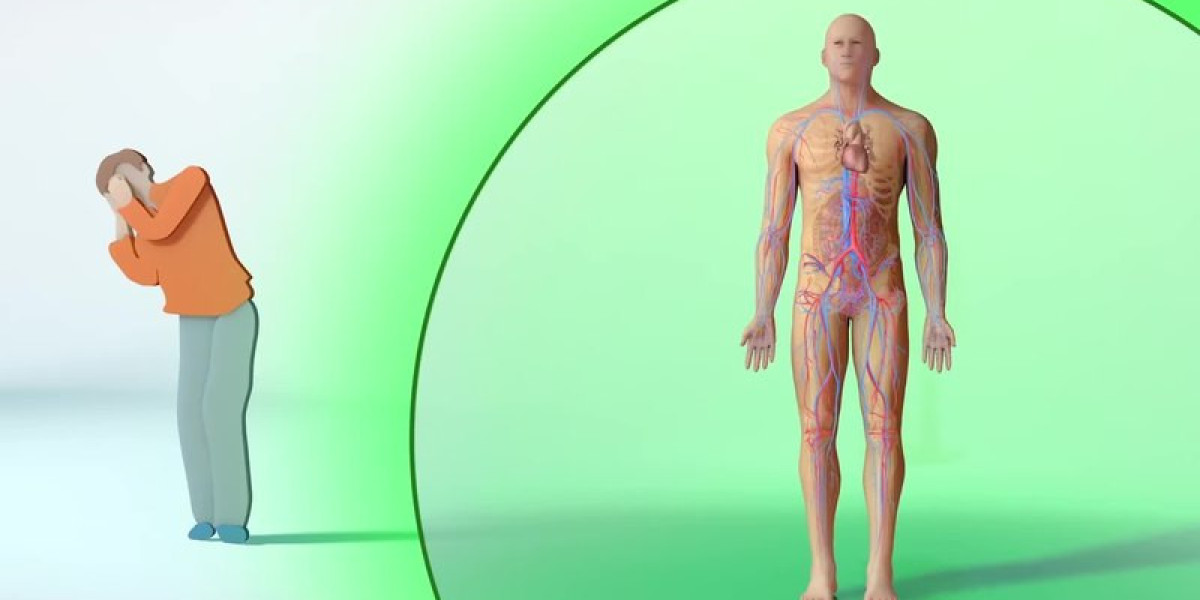Acute Graft-versus-Host Disease (GVHD) is a potentially life-threatening complication that can occur after an allogeneic stem cell transplant. When a person receives stem cells from a donor, the donor's immune cells (lymphocytes) view the recipient's body as foreign and attack it - this is known as GVHD.
What Causes Acute GVHD?
For an allogeneic stem cell transplant to be successful, the donated stem cells must engraft and produce new white blood cells. However, the donor lymphocytes in the graft see the patient's body as foreign and attack the skin, gut, liver, lungs and other organs. This is because the proteins on the surface of the patient's cells, known as human leukocyte antigens (HLAs), are different from those of the donor. During transplantation, the donor's HLA-bearing cells are seen as foreign by the recipient's body.
Risk Factors for Developing Acute GVHD
Certain factors increase the risk of a patient developing acute GVHD after a stem cell transplant. Some of the main risk factors include:
- Use of unrelated or partially matched donors rather than a sibling match. Cells from an unrelated donor are more likely to cause GVHD.
- Older patient age. Risk is higher in patients over 40-45 years of age.
- Prior transplant history. Patients undergoing a second or third transplant have increased risk.
- Female donor to male recipient. This combination predisposes to worse GVHD.
- Use of blood stem cells rather than bone marrow. Blood cells cause more severe acute GVHD.
- Prior histories of blood transfusion or pregnancy. This sensitizes the recipient's immune system.
Symptoms of Acute Graft-versus-Host Disease
The earliest and most common symptoms of acute GVHD involve the skin, gastrointestinal tract and liver. Symptoms may appear anywhere between two weeks to three months after transplant.
Skin: Rash or blistering on palms of hands, soles of feet and other areas like chest, back and face.
GI tract: Nausea, vomiting, diarrhea, abdominal pain and loss of appetite.
Liver: Jaundice due to inflammation and damage of liver cells.
Other: Fever, tiredness, eyes become red and irritated. Muscle and joint pain.
Diagnosis of Acute GVHD
Diagnosis is based on clinical signs and confirmed through biopsy tests when possible. Skin, gastrointestinal, liver or other organ may be sampled for microscopic examination. Blood tests to check for liver function and other markers are also helpful in diagnosis.
Severity Grading of Acute Graft-versus-Host Disease
Doctors grade the severity of acute GVHD based on how it affects major organs. Grades range from I to IV as follows:
Grade I GVHD (Mild): Skin rash over less than 25% of body surface.
Grade II GVHD (Moderate): Skin rash over 25-50% surface or liver involvement.
Grade III GVHD (Severe): Skin rash over more than 50% surface with GI tract symptoms or liver dysfunction.
Grade IV GVHD (Life-threatening): Grade III involvement with additional organ dysfunction like lungs or heart.
Treatment and Management of Acute GVHD
First line treatment involves use of corticosteroid drugs like prednisone or methylprednisolone. Other options include calcineurin inhibitors, monoclonal antibodies and extracorporeal photopheresis. Supportive cares such as antibiotics, antifungals, nutritional supplementation are important. Severe grades may require second line immunosuppressants. Steroid refractory GVHD has a poor prognosis. Prevention through donor selection, T-cell depletion or post transplant immunosuppression helps reduce GVHD incidence. Prompt diagnosis and grading allows for targeted therapy to prevent progression. Acute GVHD resolution typically takes months and survivors face lifelong monitoring risks of chronic GVHD.
Occurrence and Impact
Acute GVHD affects 30-70% of patients depending on transplant type, donor source and other factors. Mortality from severe acute GVHD can exceed 80% even with treatment advances. It is a major limitation to increasing use of stem cell transplants and impacts hospital stay duration and costs. Significant morbidity occurs from GVHD therapy side effects even in survivors. Addressing causative influences, continuing research on new preventive strategies and therapeutics helps boost transplant success rates over time for blood cancer patients.
In conclusion, Acute Graft-versus-Host Disease remains a potentially fatal complication linked to allogeneic stem cell transplantation. While corticosteroids are the standard first line treatment, severe grades still pose a clinical challenge due to toxicities of existing therapies. Concerted efforts are ongoing to gain deeper insights into disease pathogenesis and develop safer or targeted therapies. This promises to further lower treatment-related fatality rates in the coming years.
Get more insights on this topic : https://www.blogger.com/blog/posts/6554144896365279062
About Author:
Priya Pandey is a dynamic and passionate editor with over three years of expertise in content editing and proofreading. Holding a bachelor's degree in biotechnology, Priya has a knack for making the content engaging. Her diverse portfolio includes editing documents across different industries, including food and beverages, information and technology, healthcare, chemical and materials, etc. Priya's meticulous attention to detail and commitment to excellence make her an invaluable asset in the world of content creation and refinement.
*Note:
1. Source: Coherent Market Insights, Public sources, Desk research
2. We have leveraged AI tools to mine information and compile it







